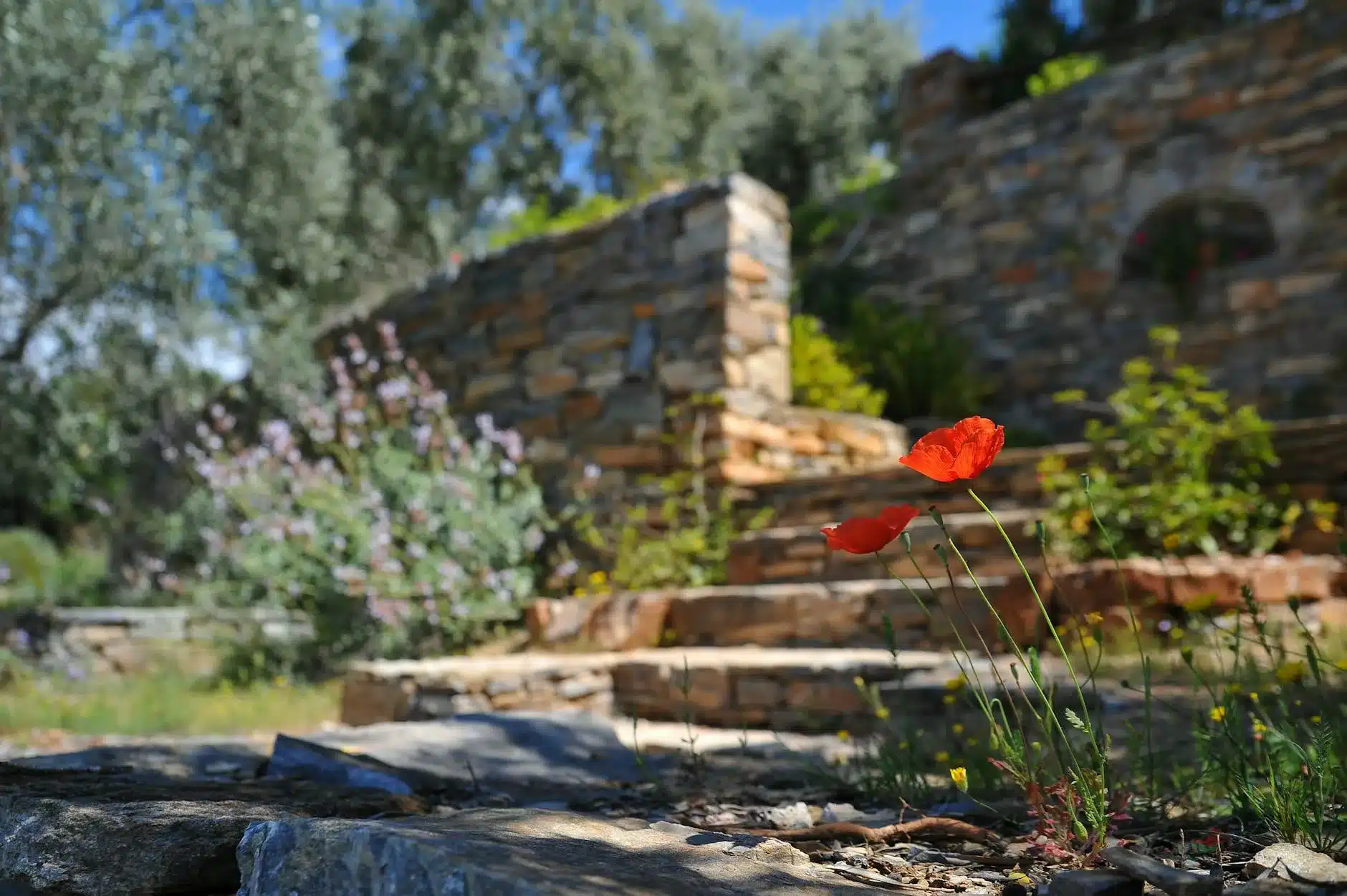
When it comes to landscaping, retaining walls are more than just aesthetically pleasing features; they serve a crucial function in managing soil erosion, creating level spaces, and enhancing the overall appeal of outdoor spaces. Mountain High Landscape Supply in Atlanta, GA, understands the importance of retaining walls in both practical and visual aspects. In this comprehensive guide, we’ll delve into all you need to know about retaining walls, from their types and materials to their installation and maintenance.
Understanding Retaining Walls:
Retaining walls are structures designed to hold back soil in a sloped area, preventing erosion and creating usable spaces. They are commonly used in hilly terrain, gardens, and landscapes to level out uneven ground and create terraced areas for planting or seating.
Types of Retaining Walls:
Gravity Retaining Walls: These walls rely on their weight and mass to resist the pressure of the soil behind them. They are typically made from stone, concrete, or other heavy materials and are suitable for low to medium height applications.
Cantilever Retaining Walls: Cantilever walls use a horizontal footing and a vertical wall to hold back the soil. They are reinforced with steel bars or mesh and are suitable for medium to tall walls.
Anchored Retaining Walls: Anchored walls use cables or other reinforcement elements anchored into the soil behind the wall to provide additional support. They are suitable for tall walls or areas with high soil pressure.
Gabion Retaining Walls: Gabion walls consist of wire baskets filled with rocks or other materials. They are versatile, cost-effective, and provide excellent drainage, making them suitable for a variety of applications.
Materials for Retaining Walls:
Concrete Blocks: Durable and versatile, concrete blocks offer a wide range of design options and are suitable for both residential and commercial projects.
Natural Stone: With its timeless appeal and durability, natural stone adds a touch of elegance to any landscape. It’s available in various sizes, shapes, and colors, offering endless design possibilities.
Timber: Timber retaining walls provide a rustic charm and are ideal for creating a natural look in garden landscapes. They are cost-effective and easy to install but require regular maintenance to prevent rot and decay.
Bricks: Bricks offer a classic and timeless appeal and can be arranged in different patterns to create unique designs. They are durable, low-maintenance, and suitable for both traditional and modern settings.
Installation and Maintenance:
Proper installation is crucial for the stability and longevity of retaining walls. It involves site preparation, excavation, leveling, and backfilling with suitable materials. It’s essential to follow manufacturer guidelines and consult with landscaping professionals to ensure proper installation.
Regular maintenance is necessary to keep retaining walls in optimal condition. This includes inspecting for signs of damage, such as cracks or bulges, and addressing any issues promptly. Additionally, maintaining proper drainage is essential to prevent water buildup behind the wall, which can lead to erosion and structural damage.
Conclusion:
Retaining walls play a vital role in landscaping, providing both functional and aesthetic benefits. From preventing soil erosion to creating level terraces, they are versatile structures that can transform outdoor spaces. Whether you’re looking for durability, elegance, or affordability, Mountain High Landscape Supply in Atlanta, GA, offers a wide range of materials and expertise to help you build the perfect retaining wall for your project. With proper planning, installation, and maintenance, retaining walls can enhance the beauty and functionality of your landscape for years to come.










